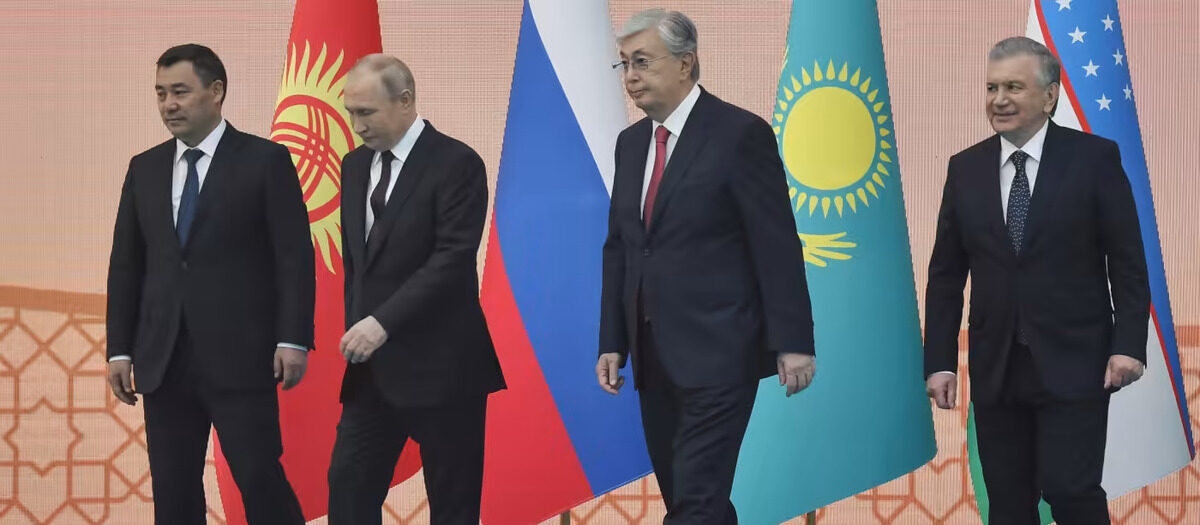Aijan Sharshenova, PhD, is a research fellow at Foreign Policy Centre (UK) and Crossroads Central Asia (Kyrgyzstan)
Having counted the Central Asian republics as an integral part of the Union of the Soviet Socialist Republics (USSR) for over 70 years, Russia has largely taken its bilateral and multilateral relationships with Central Asia for granted in the post-Soviet period. As Russia’s loyal allies, Central Asian states were expected to stay within the orbit of Russian political influence and show support for Russia’s regional and global initiatives. For most of the three decades of the post-Soviet period, Russia’s policy towards Central Asia revolved around regional security, post-Soviet border management, and issues related to labour migration from Central Asia to Russia. However, Russia’s war in Ukraine in 2022 has shifted the dynamics of regional and international politics for all foreign policy actors in the region. Russia has increasingly become a pariah in international politics, and Russia’s list of friendly countries has shrunk to a small number of states scattered around the world, some of which are in Central Asia.
This paper explores Russia’s policy towards Central Asia through an analysis of Russia-Central Asia relations, a mapping of Russian potential and actual foreign policy actors, and an overview of the factors which guide Russia’s policy towards Central Asia. The focus of this paper is on the current period (as of 2023), but some of its timeline covers the period before the war in Ukraine to better explain the peculiarities of Russian politics in general and foreign policy in particular. The term “Central Asia” is used to refer to the five Central Asian republics of Kazakhstan, Kyrgyzstan, Tajikistan, Turkmenistan and Uzbekistan.
RUSSIA-CENTRAL ASIA RELATIONS: A BACKGROUNDER
Russia’s bilateral relations with the independent republics of Kazakhstan, Kyrgyzstan, Tajikistan, Turkmenistan and Uzbekistan de jure started in 1992 when formal diplomatic relations with all five Central Asian republics were established. All parties found themselves in the same boat at the same time as they navigated formal and informal international politics in their capacity as newly established sovereign nations in the aftermath of the Soviet Union’s collapse. Russia, as the USSR’s successor, took over most of the USSR’s assets and liabilities. These assets included the well-established network of diplomatic missions, a seat at the United Nations Security Council, all of the Soviet nuclear weapon assets, the USSR’s advanced space programme, the Soviet soft power capacity, and an expansive network of political, economic, and intelligence networks around the world. Central Asia, on the other hand, faced the overwhelming task of building these virtually from scratch.
Russia’s policy towards Central Asia in the first two decades after the collapse of the Soviet Union largely followed a path dependence pattern. The Central Asian republics were perceived and treated as Russia’s “near abroad” (blizhnee zarubezh’ie), a natural sphere of Russia’s influence which, by the unfortunate accident of the Soviet Union’s collapse, just happened to be politically separate from Russia. Due to this, Russia’s relations with these countries were set somewhere in between the conventional domestic and conventional foreign politics domains: not quite a part of Russia anymore, but also hardly independent states warranting differential treatment. This situation seemed to accommodate all parties involved, but this has since changed due to a range of domestic and external factors.
Download full article
